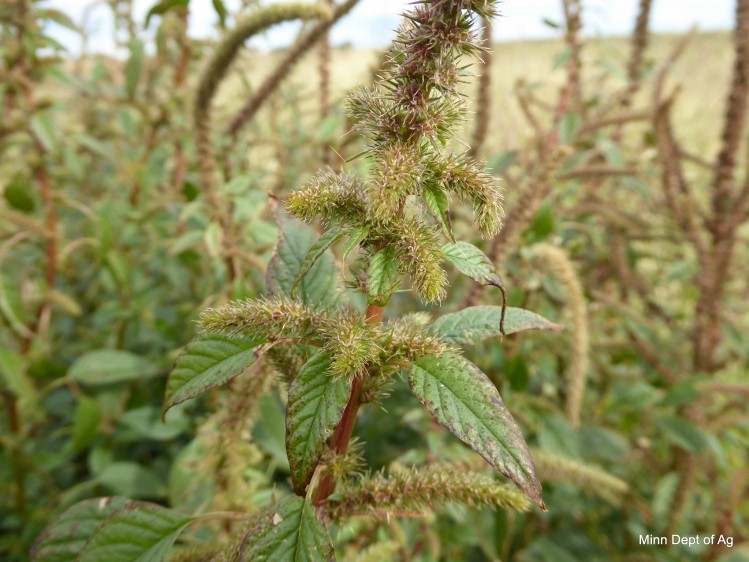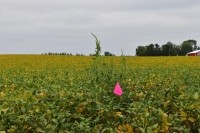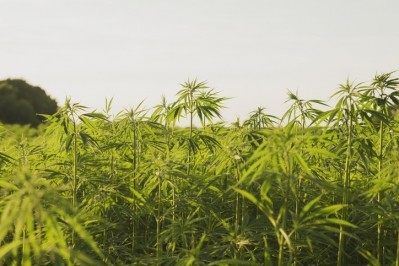US: Feedlot linked to soybean field contaminant

After an investigation into one Palmer amaranth find, the MDA said the weed found its way into a soybean field through cattle manure. The cattle had been fed screenings from contaminated sunflower seed. The MDA has since found Palmer amaranth seed in numerous screenings.
"We were able to track back to the feedlot where the farmer got that manure," said Denise Thiede, seed, weed, hemp and biotechnology program supervisor, MDA.
“We know the source that tested positive, we know what trucking companies [were used] and where they delivered it to – so we have a range of feedlots that we’ve identified," she added.
The MDA, she said, has been taking active steps to keep Palmer amaranth out of the state.
"It’s really hard to identify when it’s a small plant – it’s much easier to identify at the flowering [stage], but it’s too late then,” she added. “We’ll have a team out inspecting fields.”
Invasive weed
Palmer amaranth is native to the southwestern United States and northwestern Mexico. It has been found in over half of the states, including Iowa, North Dakota, South Dakota, and Wisconsin.
The invasive weed can grow rapidly. Left uncontrolled, a single female Palmer amaranth plant typically produces 100,000 to 500,000 seeds. It is resistant to multiple herbicides, can cause substantial yield losses, and greatly increase weed management costs in soybeans and corn.
“Farmers are experiencing how difficult it is to control and the impact it can have on yield. And, in today’s economy, they don’t need any extra challenges.
"We’re trying to make sure that we slow the spread and minimize the economic impact. We’re using agriculture emergency dollars to fight the infestation and [develop] more options for treatment."
The department is also asking farmers to monitor their fields, she said.
Meanwhile, the MDA is also looking at regulatory routes to try and prevent such contamination reoccurring.















